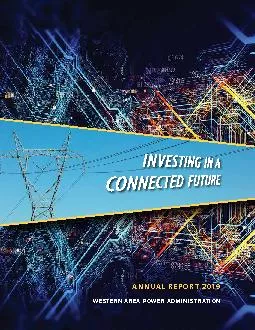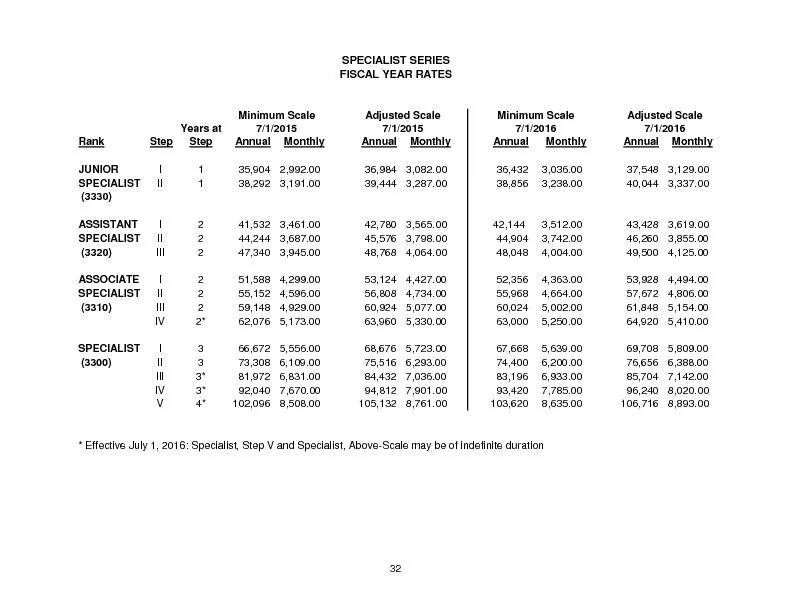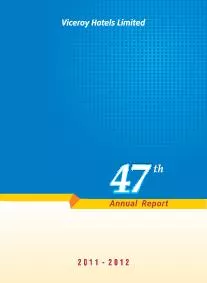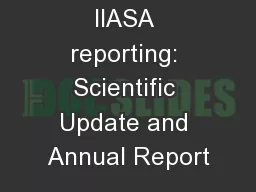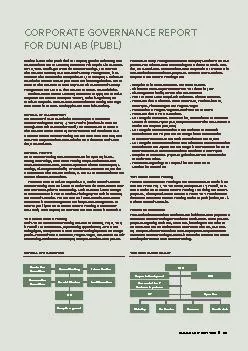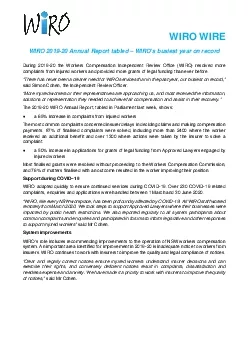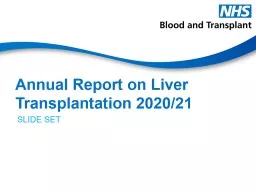PDF-ANNUAL REPORT 2019WESTERN AREA POWER ADMINISTRATION
Author : hazel | Published Date : 2021-06-19
A 2019 Annual Report CONTENTSAbout WAPAOur Core Values Service and Marketing AreasOperational SummaryHydropower GenerationInvesting in a Connected FuturePeople and
Presentation Embed Code
Download Presentation
Download Presentation The PPT/PDF document "ANNUAL REPORT 2019WESTERN AREA POWER ADM..." is the property of its rightful owner. Permission is granted to download and print the materials on this website for personal, non-commercial use only, and to display it on your personal computer provided you do not modify the materials and that you retain all copyright notices contained in the materials. By downloading content from our website, you accept the terms of this agreement.
ANNUAL REPORT 2019WESTERN AREA POWER ADMINISTRATION: Transcript
Download Rules Of Document
"ANNUAL REPORT 2019WESTERN AREA POWER ADMINISTRATION"The content belongs to its owner. You may download and print it for personal use, without modification, and keep all copyright notices. By downloading, you agree to these terms.
Related Documents

